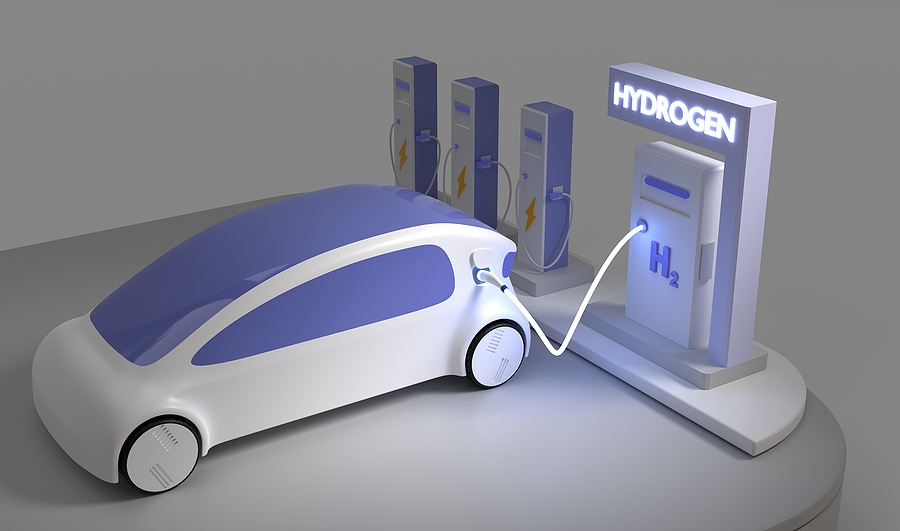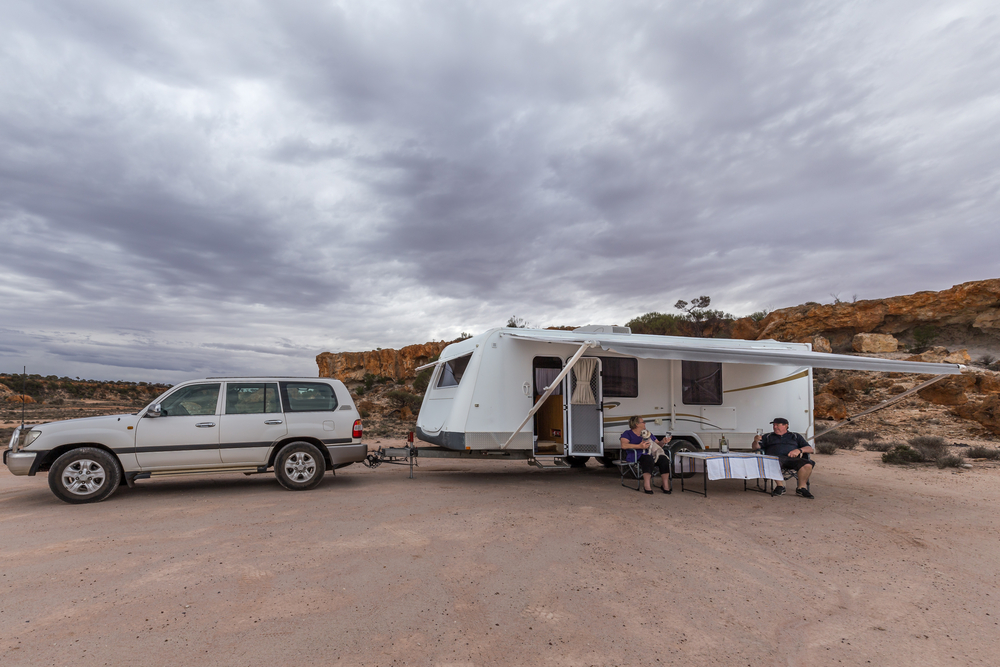Tax breaks to supercharge the production of renewable hydrogen for use as a fuel and other applications are part of the federal budget’s push for net-zero prosperity.
The global renewable hydrogen race is already well underway as advanced economies compete with Australia to host production facilities that could recharge heavy industries and reduce greenhouse gas emissions.
Energy and Climate Change Minister Chris Bowen said $6.7 billion over a decade would be spent on a new Hydrogen Production Tax Incentive of $2 per kilogram, starting from 2027/28.
About $2 billion was allocated to a round of the successful Hydrogen Headstart program to give long-term certainty to producers of the future fuel and feedstock, which he said was also critical for green iron and steel opportunities.
Mr Bowen said a significant part of the $22.7 billion Future Made in Australia package would help the nation become a renewable energy superpower and secure a place in a changing global economic and strategic landscape.
Almost $80 million has been allocated to climate and energy diplomacy with Pacific and international organisations ahead of Australia’s bid to host the COP31 international climate summit.
Other winners include the Australian Renewable Energy Agency with a $5.1 billion boost, including $1.5 billion to support solar and battery manufacturing and $1.7 billion for an innovation fund for industries such as green metals and low-carbon liquid fuels.
“It’s about easing pressure on households and businesses while using our natural advantages in renewables, minerals and more – for our national interest,” Mr Bowen said on Tuesday.
With a massive bill coming due for new transmission lines to connect clean energy sources to the grid, Mr Bowen said getting the most out of rooftop solar, batteries, and electric vehicles could avoid $10 billion in network costs alone for consumers.
About $20.7 million over seven years from 2024/25 has been allocated for discussions with local communities and landholders about renewable energy sources and transmission lines set to be installed across the country as ageing coal-fired power plants shut down.
On top of $3.5 billion to extend energy bill relief for households and small businesses, $47.7 million over four years from 2024/25 has been allocated to giving more power to consumers.
This includes investigating a “one-click-switch” to a cheaper energy deal, cutting excess fees and charges, and making sure anyone eligible for a bill discount gets it, he said.
Marion Rae
(Australian Associated Press)





